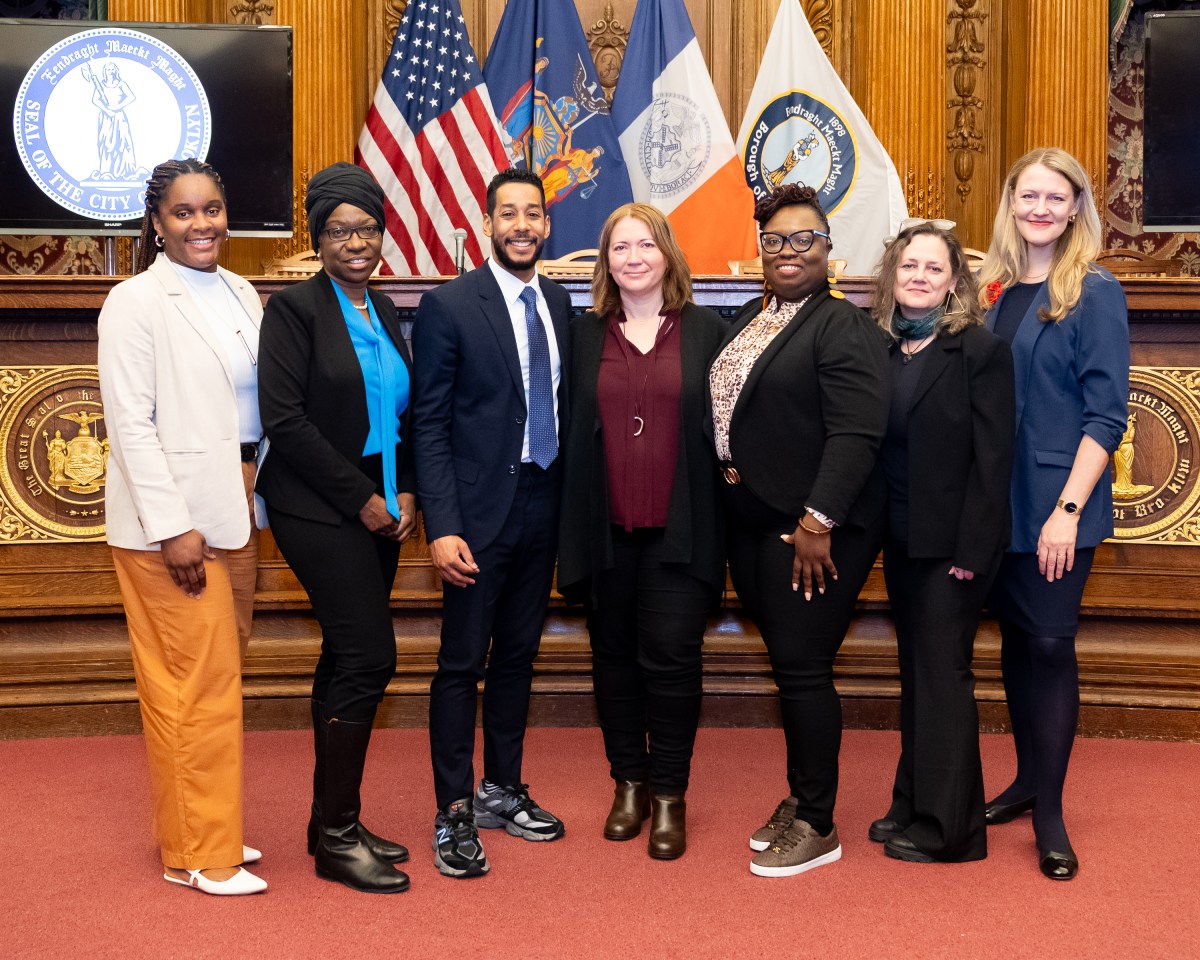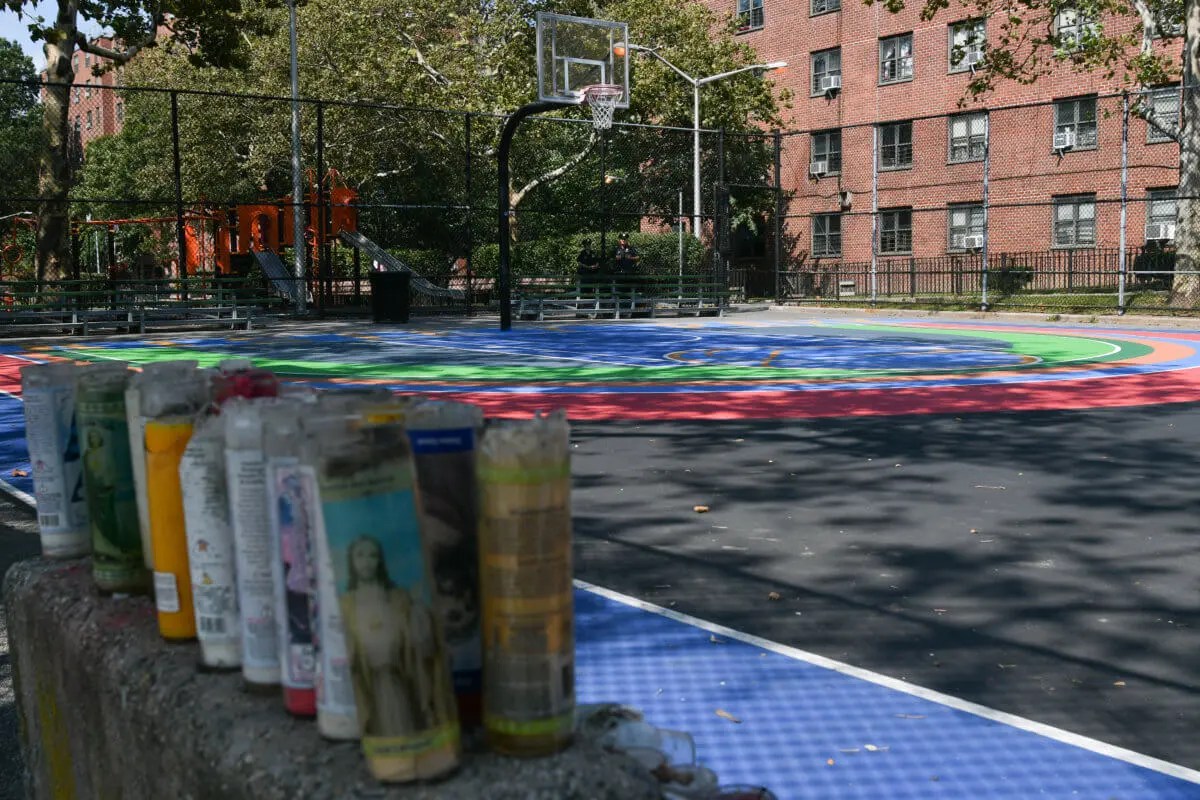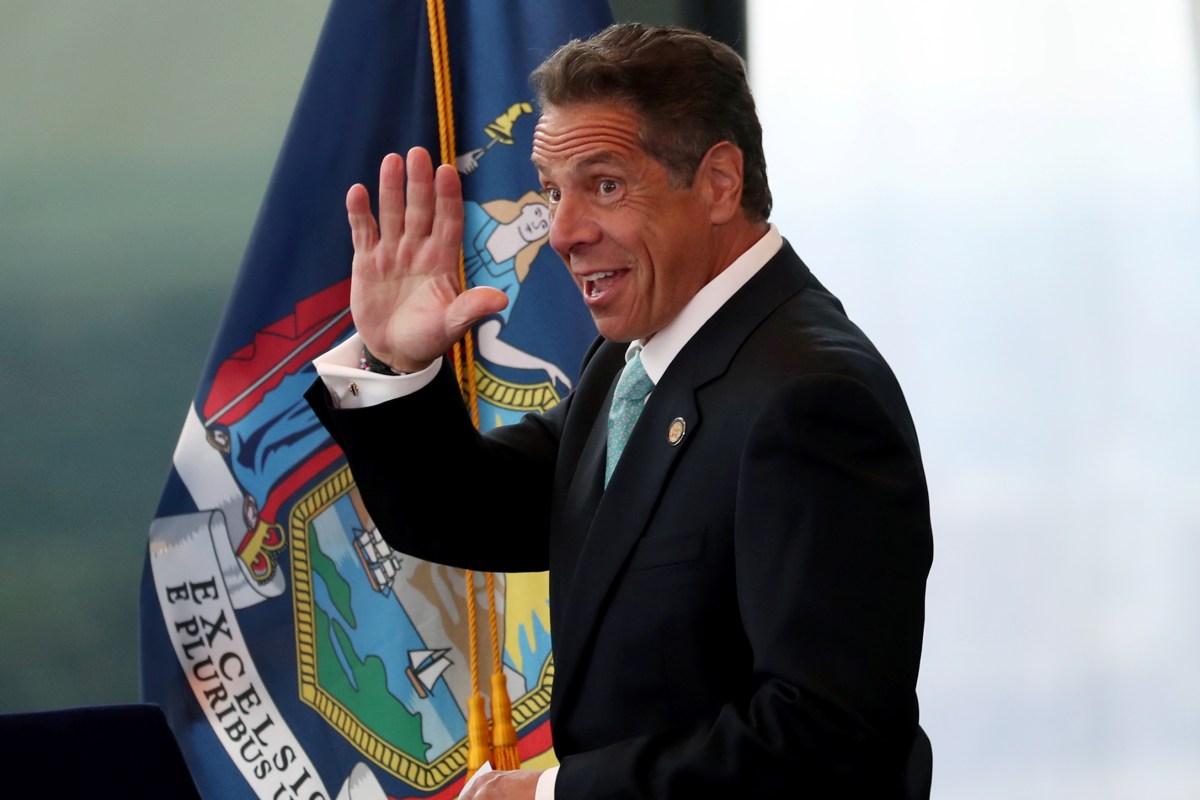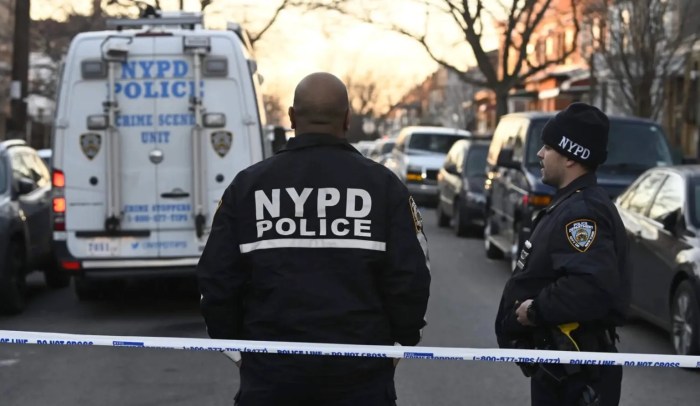City law enforcement officials are being accused of ignoring ICE detainer requests in the arrests of five immigrants this week.
In all five cases, Immigration and Customs Enforcement filed detainer requests with several agencies, including the NYPD, Queens Central Booking, Kings County Criminal Court and Westchester County Department of Corrections. The detainers required officials with those agencies to hold the men for 48 hours until ICE could take them into custody for deportation proceedings, but the requests were ignored, ICE officials said.
The detainees are now in ICE custody, pending removal hearings before an immigration judge, the federal agency said in a statement.
ICE requested 1,023 immigration detainers from the NYPD between October 2016 and September 2017, none of which city officials honored, according to a report from the police department. In comparison, there were only 80 detainers requested between October 2015 and September 2016, the report showed.
“ICE, under the Trump administration, is trying to force local law enforcement to make civil immigration arrests that are not authorized by law and are in violation of the Constitution,” Jordan Wells, staff attorney with the New York Civil Liberties Union, said. “It’s a cynical political move that uses human beings as pawns and is entirely unacceptable.”
The immigrants arrested had various charges filed against them in the past year, including harassment, possession of marijuana, a felony for illegal reentry after deportation and assault. They were all released either on bond or after time served.
Camille Mackler, director of legal policy at the New York Immigration Coalition, said that ICE’s actions are eroding the trust between public officials and immigrant communities by threatening ruinous consequences like deportation for misdemeanor charges, merely on account of the arrestees’ immigrant status.
“I think this is one more example of how the federal administration is trying to spin a narrative that immigrants are dangerous and then blaming laws like the New York detainer policies to bolster that position,” she said. “Immigration should not be used as a method of criminal punishment. We already have a system set up to handle criminal complaints and immigration laws should be separate from them.”
ICE, however, has prioritized the arrests of criminal immigrants “at large” in society, considering them the “greatest risk to the community,” according to Thomas Decker, field office director for Enforcement and Removal Operations New York.
ICE deems violators of the country’s immigration laws and those that reentered the country illegally after deportation “public safety threats.”
The agency said the five immigrants did not automatically encounter ICE officials after they were arrested by city officials because of the removal of the ICE Criminal Alien Program Office from Rikers Island, which would have otherwise led to their immediate detention.
The office’s removal was a direct result of a bill signed into law by Mayor Bill de Blasio on Nov. 14, 2014, which enabled law enforcement to shield arrestees’ records from being passed over to federal immigration agencies, according to the mayor’s office.
“Mass deportation has not only pulled apart thousands of New York City families, it has also undermined public safety in our communities and imposed disproportionate penalties on immigrant parents and spouses who these families depend on for emotional and financial support,” de Blasio said at the time. “Our city is not served when New Yorkers with strong ties in the community are afraid to engage with law enforcement because they fear deportation.”
On Jan. 26, 2017, President Donald Trump signed an executive order that limited federal funding to sanctuary cities. New York City’s status as a sanctuary city sparked passionate responses from the mayor, who said the city has been one of immigrants for nearly 400 years.
“The stroke of a pen in Washington does not change the people of New York City, or our values,” he added.
In response, NYPD Commissioner James O’Neill added, “The neighborhood policing – the goal there, of course, is to keep New Yorkers safe, but it’s also to build trust. And we build trust by having that connection between the communities that we are sworn to protect and serve and the police officers. And again, I wouldn’t want to do anything to put that at risk.”
The NYPD, Queens Central Booking, Kings County Criminal Court and Westchester County Department of Corrections did not immediately return requests for comment.





























